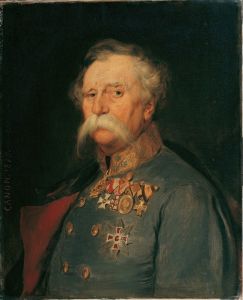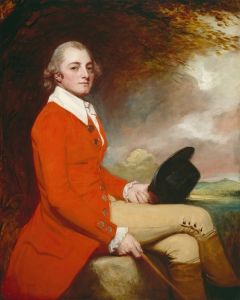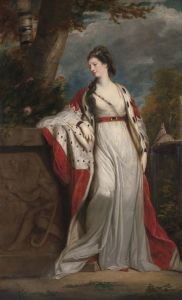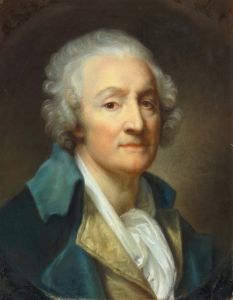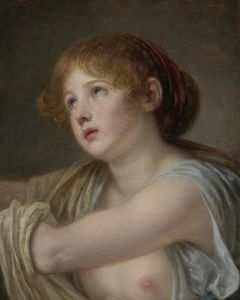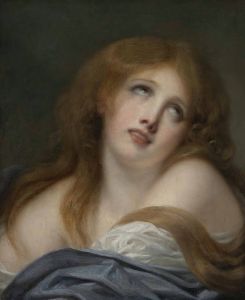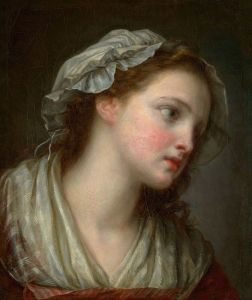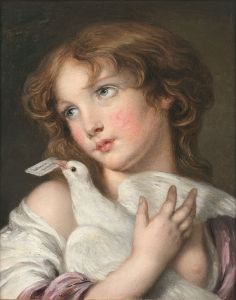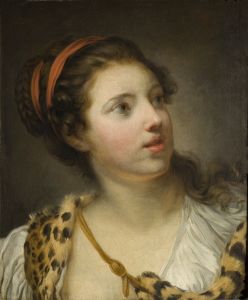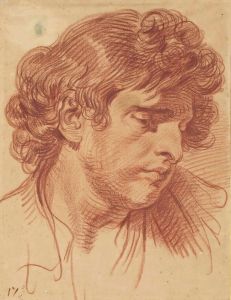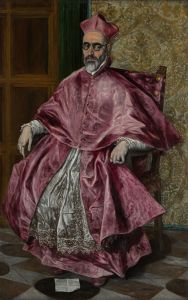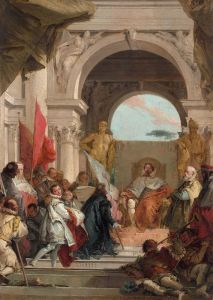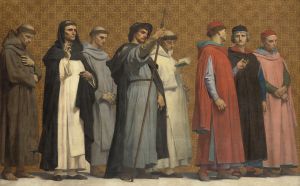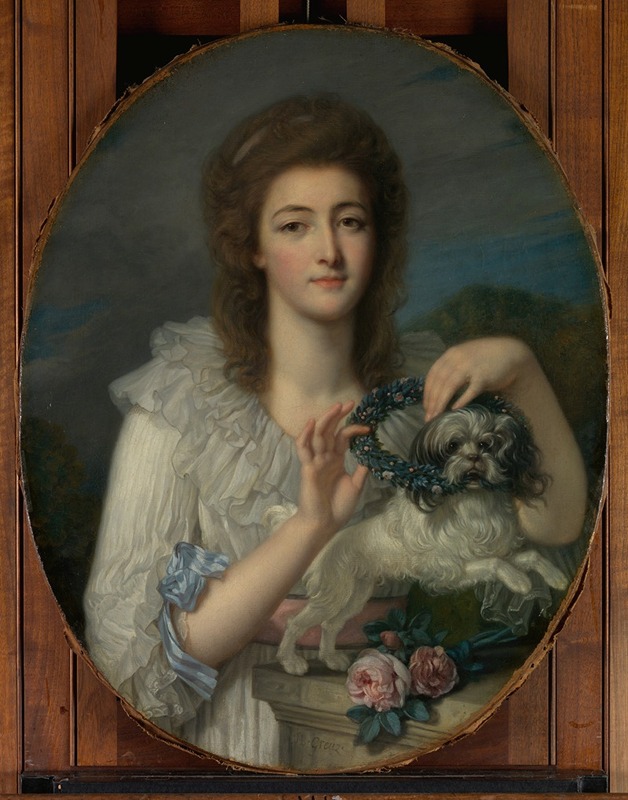
Princess Varvara Nikolaevna Gagarina
A hand-painted replica of Jean-Baptiste Greuze’s masterpiece Princess Varvara Nikolaevna Gagarina, meticulously crafted by professional artists to capture the true essence of the original. Each piece is created with museum-quality canvas and rare mineral pigments, carefully painted by experienced artists with delicate brushstrokes and rich, layered colors to perfectly recreate the texture of the original artwork. Unlike machine-printed reproductions, this hand-painted version brings the painting to life, infused with the artist’s emotions and skill in every stroke. Whether for personal collection or home decoration, it instantly elevates the artistic atmosphere of any space.
Jean-Baptiste Greuze, a prominent French painter of the 18th century, is known for his genre scenes and portraits that often capture the subtleties of human emotion and character. One of his notable works is the portrait of Princess Varvara Nikolaevna Gagarina. This painting exemplifies Greuze's skill in rendering delicate expressions and his attention to detail, which were highly regarded during his time.
Princess Varvara Nikolaevna Gagarina was a member of the Russian nobility, belonging to the esteemed Gagarin family. The Gagarins were one of the oldest and most distinguished noble families in Russia, with a lineage that traced back to the Rurik dynasty. Varvara Nikolaevna, as a princess, would have been a figure of some prominence in Russian society, and her portrait by a renowned artist like Greuze suggests her significance and the esteem in which she was held.
The portrait itself is a testament to Greuze's mastery of the Rococo style, characterized by its elegance, lightness, and attention to detail. In the painting, Princess Varvara is depicted with a serene and composed expression, her gaze directed slightly away from the viewer, which was a common pose in portraiture of the time, intended to convey a sense of nobility and introspection. Greuze's use of soft, muted colors and delicate brushwork highlights the princess's refined features and the luxurious textures of her attire.
Greuze was particularly adept at capturing the nuances of his subjects' personalities, and in this portrait, he conveys a sense of grace and dignity. The attention to detail in the rendering of the fabric and the subtle play of light and shadow on the princess's face and clothing demonstrate Greuze's technical proficiency and his ability to imbue his portraits with a lifelike presence.
The painting of Princess Varvara Nikolaevna Gagarina is also reflective of the cultural exchanges between France and Russia during the 18th century. The Russian nobility often sought to emulate French culture, which was considered the epitome of sophistication and elegance at the time. Commissioning a portrait by a French artist like Greuze would have been a way for Russian aristocrats to align themselves with the cultural prestige of France.
While specific details about the circumstances of the commission or the exact date of the painting are not well-documented, the portrait remains an important example of Greuze's work and a representation of the interconnectedness of European aristocratic cultures during the period. It is a piece that not only showcases the artist's skill but also provides insight into the social and cultural dynamics of the 18th-century European elite.
Overall, Jean-Baptiste Greuze's portrait of Princess Varvara Nikolaevna Gagarina is a significant work that captures the elegance and refinement of its subject while exemplifying the artistic style and cultural influences of its time.





